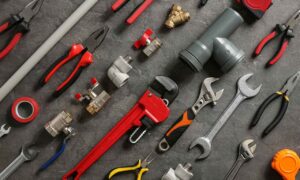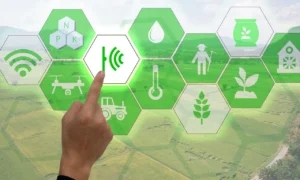Have you experienced the frustration and messiness of having a clogged drain or toilet? While some clogs can be solved using simple methods such as plunging or snake unclogging, others require professional plumbing services for repair.
So, what causes pipes to clog most often? We’ve compiled a list of ordinary household items that could cause severe blockages. For the solutions to your plumbing needs, click here to contact Full Speed Plumbing.
The five biggest pipe-clogging offenders
We’ve compiled the most common causes of clogged pipes below. These usual suspects consistently wreak havoc on your plumbing system, leading to inconvenient blockages and costly repairs.
1. FOGs
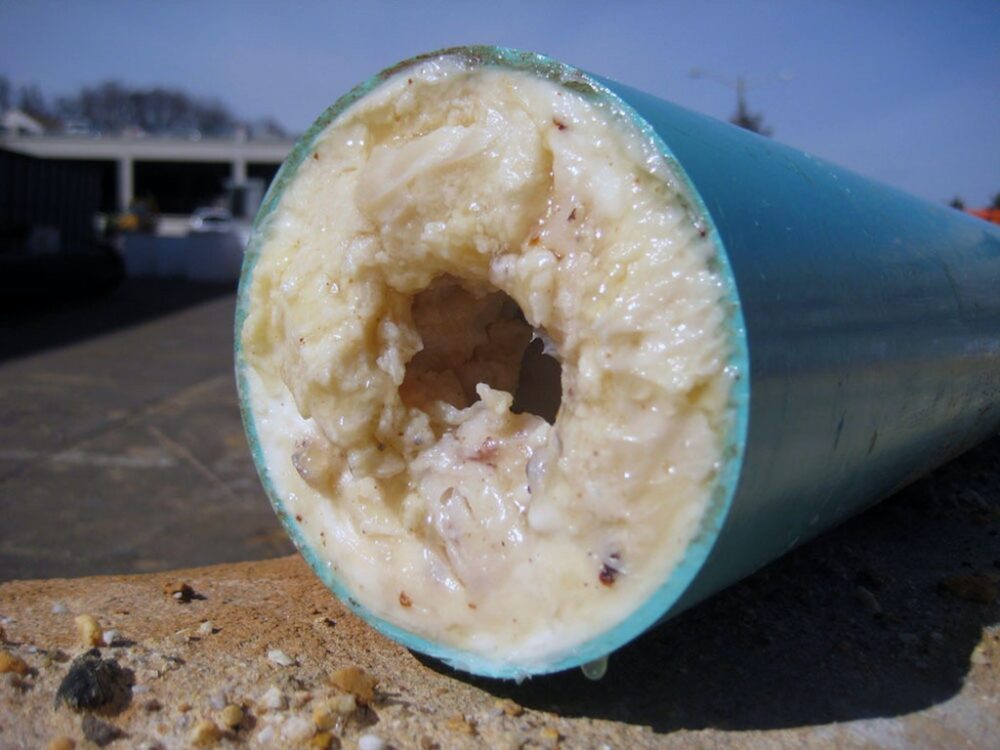
Source: plumbermag.com
Fats, oils, and grease (FOG) are one of the primary culprits behind drain clogs. When poured down sink drains or sewer lines, FOGs can clog them and cause blockages, resulting in wastewater overflows or blockages affecting household and sewer systems.
FOGs are typically liquid at room temperature but quickly solidify upon exposure to colder waters, adhering to pipe walls and collecting other materials from your drainpipe as it cools.
Many people mistakenly assume that running hot water after pouring grease down the drain will keep it from sticking, but this is untrue.
Even with plenty of hot water running through your pipes, grease will eventually cool off and adhere to their inner surfaces, leading to pipe blockages and overflows in homes, businesses, and streets.
2. Hair buildup
Hair, particularly long hair, has an uncanny ability to wrap around itself, forming tight balls or knots. When these hairballs combine with oil, soap scum, or other sticky substances commonly found in drain pipes, they create a much more significant obstruction. Moreover, hair does not break down easily in water, lending it a stubborn quality, which contributes to the difficulty of removing such clogs.
Shower drains, where hair and soap are most likely to meet, are particularly susceptible to these types of blockages. Over time, as more hair and debris join the mix, these hairballs can reduce or stop water flow, leading to a fully clogged pipe.
3. Food waste
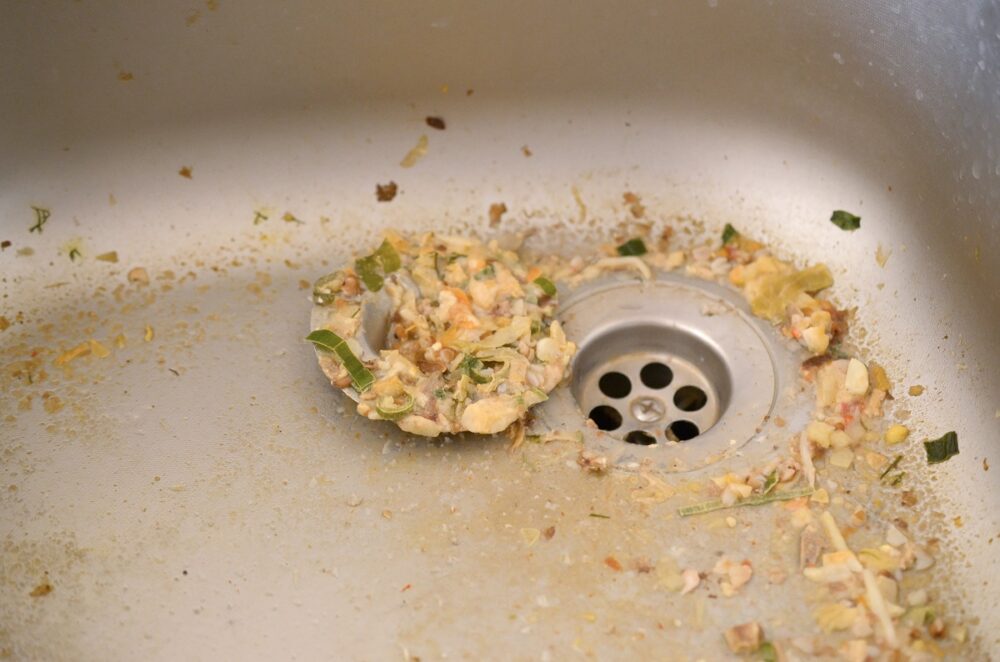
Source: supremepipe.com
Foods high in starch, such as rice, pasta, and bread, can cause significant problems in pipes. They have a tendency to expand when in contact with water, leading to blockages. Furthermore, these foods can turn into a thick, gummy substance, similar to papier-mâché, which can be difficult to dislodge from the sides of the pipes, particularly when cold.
Fruits and veggies might seem harmless to dispose of; however, the thin, soft peels from fruits and vegetables can build up over time and cause blockages. The fibrous material in peels, such as from bananas, carrots or potatoes, doesn’t break down easily and can snag on rough spots in pipes, leading to clogs.
Often overlooked, coffee grounds are another common culprit of plumbing issues. They are dense and granular, meaning they can settle in the pipe and form a clog rather than flushing through the system, as you might expect.
4. Paper products
Many people put paper products such as napkins or tissues down their drain, but these won’t completely dissolve, potentially leading to clogs and other issues. Instead, these should be put away in the trash can for disposal.
Even “flushable” wipes present an increased risk for pipe clogs due to their misleading name and marketing strategies, leading consumers to believe they can be flushed away like toilet paper does. They don’t disintegrate quickly like toilet paper does, posing the potential risk of becoming trapped in s-traps, toilet pipes, or septic tanks and becoming stuck for good.
5. Cosmetics and sanitary products
Cosmetics such as soaps, shaving creams, and shampoos can often lead to pipe clogging. Their residues, especially those that are oil-based, can adhere to the interior of the pipes, gradually building up over time and reducing the pipe’s diameter. This can lead to slow drainage and eventually complete blockage.
Sanitary products pose an even greater risk. Products like tampons, cotton balls and diapers are not designed to be flushed down toilets. They are highly absorbent and can expand in size when they come in contact with water.
6. Dental Floss
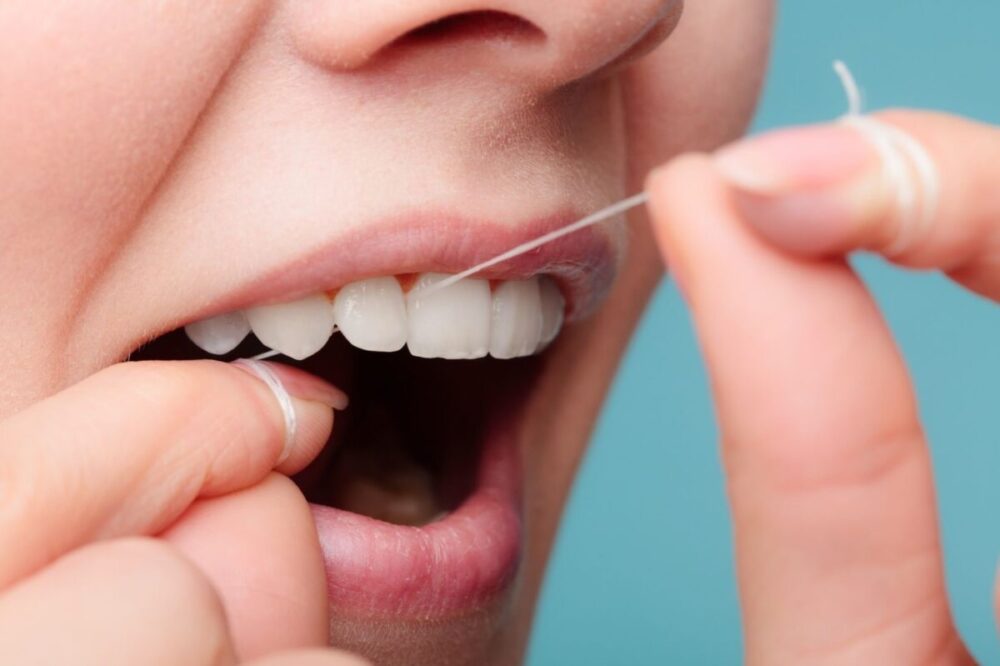
Source: dentistkipparing.com.au
Dental floss, while seemingly innocuous, can be a hidden culprit behind drain blockages. It’s thin, stringy nature allows it to intertwine with other debris easily, creating significant obstructions within plumbing systems. The critical insight here is to be mindful of disposing of dental floss properly, utilizing trash receptacles rather than toilets or sinks, to maintain the optimal functionality of your plumbing system.
7. Soap Scum
Soap scum is another common contributor to plumbing woes. The residue from soap, especially when it interacts with hard water minerals, tends to accumulate over time. This accumulation not only reduces water flow but can also lead to stubborn blockages that are challenging to eradicate. Employing regular cleaning routines and considering water softeners can be practical solutions to counteract soap scum buildup, ensuring the longevity and efficiency of your plumbing.
8. Mineral Buildup
Those living in areas with hard water are likely familiar with the resultant mineral buildup within pipes. Over time, the persistent accumulation of minerals can significantly reduce water flow and may eventually lead to complete blockages, impairing the overall plumbing system. Installing water softeners can mitigate the risks associated with mineral buildup, safeguarding your pipes from premature wear and maintaining a consistent water flow.
9. Toilet Paper Overuse

Source: wpplumbing.com.au
The overuse of toilet paper is a common scenario that can quickly overwhelm plumbing systems. Flushing excessive amounts, especially in one go, can lead to frustrating clogs. To avoid such scenarios, it’s prudent to use toilet paper sparingly and consider a staggered flushing approach if needed. Educating all household members, especially children, on appropriate toilet paper usage can prevent unnecessary blockages and maintain the smooth operation of your plumbing system.
10. Foreign Objects
Small objects, whether toys, jewelry, or utensils, can inadvertently find their way into sinks or toilets, causing unexpected obstructions within pipes. The prevention strategy here is twofold: securing small objects when near sinks or toilets and installing drain covers to catch any accidental drops. Immediate retrieval of any objects accidentally deposited is crucial to prevent more severe blockages and potential damage to the plumbing system.
11. Paint and Chemicals
Pouring paint, chemicals, or solvents down drains is a recipe for disaster. These substances can solidify, react with other substances, and lead to substantial clogs, potentially causing irreparable damage to pipes. The disposal of such materials requires careful consideration, adhering to local disposal guidelines and utilizing designated disposal sites. This approach not only protects your plumbing but also contributes to environmental conservation by ensuring hazardous materials are appropriately managed.
What clogs pipes the most? – Conclusion
In conclusion, maintaining clear and functioning drain pipes requires mindful disposal of waste materials. Ensuring that grease, hair, food waste, paper products, cotton balls, and cosmetics are appropriately discarded rather than flushed or washed down can significantly reduce the risk of clogs and blockages.
It is vital to remember that not everything is meant to go down the drain, and even substances labeled as ‘flushable’ can lead to costly and inconvenient plumbing issues. By practicing these simple habits, homeowners can keep their pipes running smoothly and avoid unnecessary repairs.






